Picture this: The sun sets beyond ancient stone spires, and the cool shadows of an old abbey grow deeper. Suddenly, silent shapes flutter from hidden crevices—the bats awaken, gliding through the moonlit air. It’s a scene steeped in mystery, as if the Gothic architecture itself breathes life into these winged residents. But these bats are more than just symbols of folklore and shadowy myths; they are living testaments to the vibrant, often overlooked, urban ecosystems thriving right under our noses. Their nightly rituals beneath crumbling arches and stained-glass windows offer a fascinating lens into how nature adapts, persists, and even flourishes in the heart of human civilization. What secrets do these gothic inhabitants hold about the wild, interconnected world within our cities? Let’s journey beneath the abbeys, where science meets story, and discover the unexpected lessons bats teach us about urban ecology.
The Secret Lives Hiding in Stonework
Beneath centuries-old abbeys, bats have found the perfect sanctuary. These historic buildings, with their labyrinthine tunnels and snug rooftops, offer shelter from predators and harsh weather. While visitors admire the craftsmanship of flying buttresses and stained-glass windows, bats linger unseen, raising their young in the cool, dark spaces above. Unlike modern buildings, abbeys often have gaps and crevices that mimic natural caves—a habitat bats have sought for millennia. Their presence is a reminder that urban environments can unexpectedly mimic nature, sometimes more than we realize. The stonework of abbeys is not just a relic of the past, but a living, breathing ecosystem for these remarkable creatures.
Why Bats Love Gothic Architecture
Gothic abbeys, with their vaulted ceilings and thick walls, create a microclimate perfect for bats. The constant temperatures inside, combined with low light and minimal disturbance, provide an ideal roosting environment. Bats are picky about their homes—they need places that are safe, stable, and close to food sources. Abbeys fit the bill, especially when surrounded by lush gardens or old cemeteries teeming with insects. Some people even say bats are the true “guardians” of these sacred spaces, quietly keeping pests in check while remaining largely invisible. It’s almost poetic how these ancient buildings, once centers of human community, now quietly support a thriving colony of bats.
Adaptation: Bats’ Urban Survival Strategies
Life in the city is tough, yet bats have proven to be resourceful survivors. They’ve adapted to the noise, light, and bustle of urban life by shifting their activity patterns and seeking out the quietest corners of busy places. Some species have even changed their hunting habits, swooping between streetlights to snag the insects drawn to artificial glow. These behavioral tweaks show just how flexible bats can be. Even as cities grow, bats find ways to carve out niches, demonstrating that wildlife is not just pushed to the edges, but can live alongside us—even above us, in the very heart of the city.
From Pests to Protectors: Bats’ Ecological Role
Forget the old myths painting bats as pests or harbingers of doom. In reality, they are invaluable allies in urban ecosystems. By devouring thousands of insects each night, bats help control pests that would otherwise swarm gardens and crops. Their appetite for mosquitoes and moths makes them nature’s own pest control, reducing the need for harmful pesticides. In some cities, bat colonies have even been credited with lowering local cases of mosquito-borne diseases. Their role as protectors of both human health and urban green spaces is often underestimated, yet it is crucial for maintaining a delicate ecological balance.
Abbeys as Biodiversity Hotspots
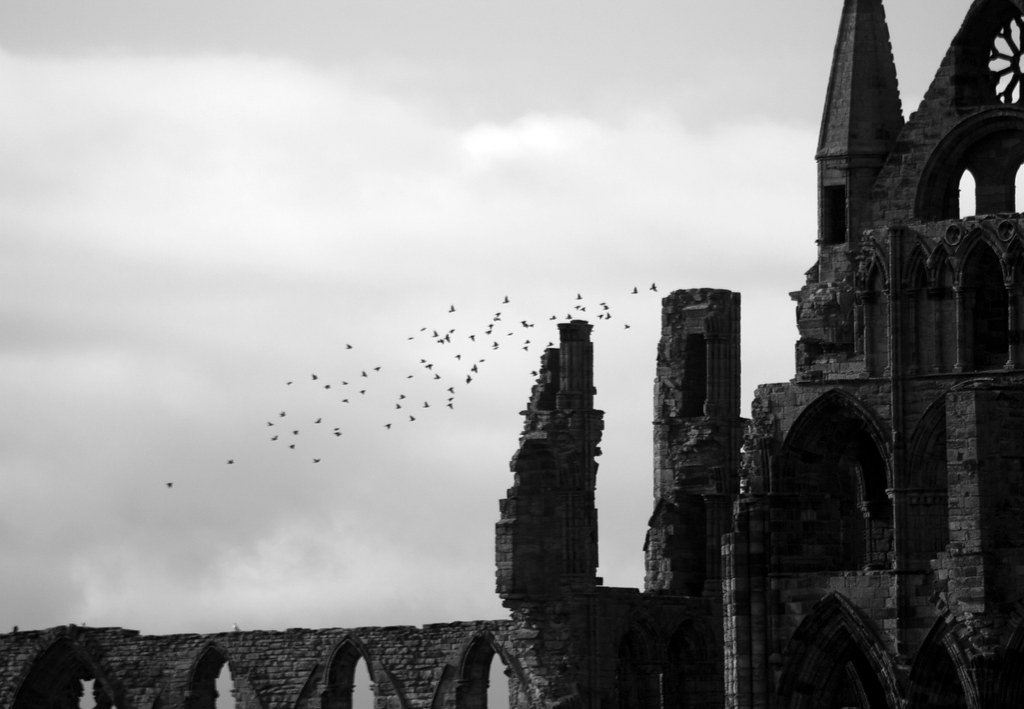
It’s easy to overlook an old abbey as just a piece of architectural history. But for bats and countless other species, these buildings are bustling centers of biodiversity. The cracks between stones, the wooden rafters, and even the moss on the roof all harbor tiny ecosystems. Bats share these spaces with spiders, beetles, and sometimes even owls. The result is a surprising richness of life in a place many would consider lifeless after dark. These abbeys become microcosms of urban nature, demonstrating how even the most human-dominated landscapes can support wild, interconnected communities.
The Science of Bat Roosting Behavior
Researchers have spent years unraveling the mysteries of bat roosting behavior, especially in urban environments. By tagging bats and monitoring their movements, scientists have discovered that different species have distinct preferences for where and how they roost. Some like the highest towers, while others prefer the cool, damp crypts below. This diversity in roosting choice means abbeys can host multiple bat species at once. The complexity of their social systems—some bats roost in tight family groups, while others prefer solitude—adds another layer of intrigue. Every nook and cranny in an abbey could tell a different story about bat life.
Urban Light Pollution and Its Impact
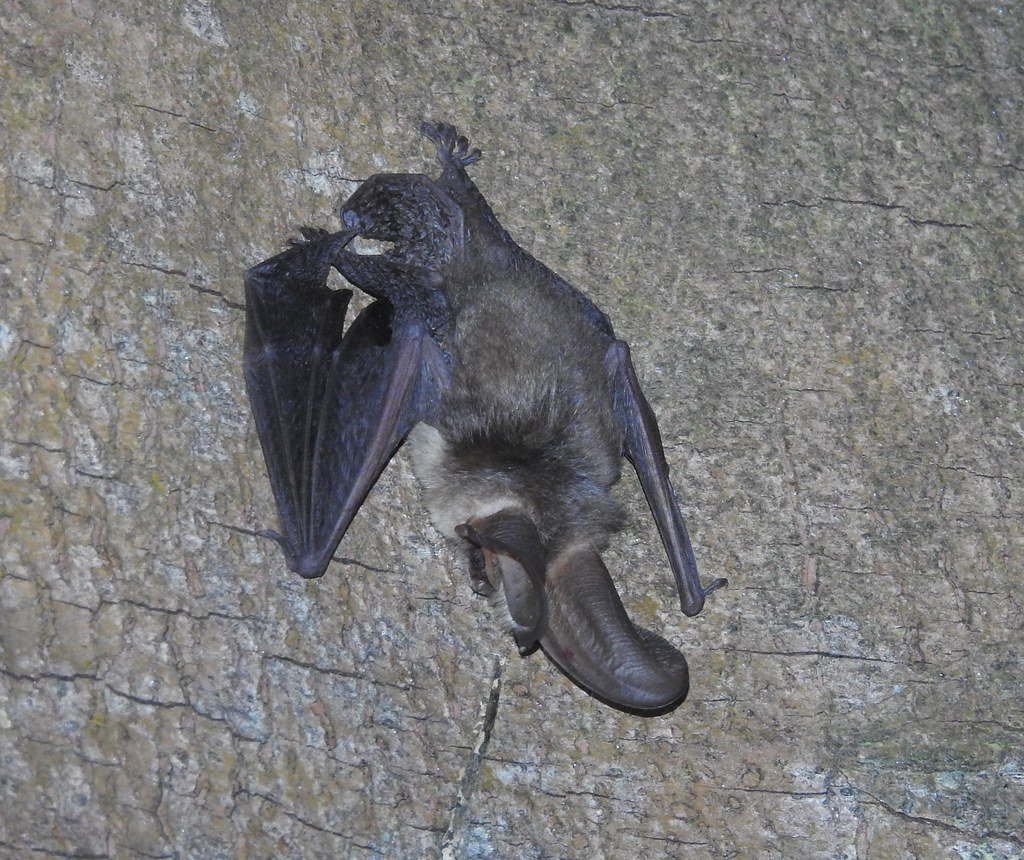
As cities expand, artificial lights increasingly pierce the night. For bats, this is both a blessing and a curse. While streetlights attract insects, providing easy hunting, too much light can disrupt bats’ natural behaviors. Bright lights can confuse young bats, making it harder for them to navigate or find food. Some species avoid lit areas altogether, pushing them into smaller and more fragmented habitats. The glow from nearby towns can even alter the timing of bats’ nightly emergence. Managing urban light pollution is now recognized as a key factor in conserving urban bat populations—and by extension, the health of our whole urban ecosystem.
Echoes in the Night: Bat Communication
Bats are famous for their echolocation—the ability to “see” with sound. In the echo-filled spaces beneath abbey arches, this skill becomes even more impressive. Using high-pitched calls that bounce off stone walls, bats can pinpoint insects, avoid obstacles, and communicate with one another. Recent studies have shown that bats can even adjust their calls to navigate complex urban environments, a testament to their adaptability. Listening to their ultrasonic chatter, scientists can map out bat activity and even identify different species based on their calls. It’s like tuning into a secret radio station that plays a symphony of survival every night.
Seasonal Shifts and Migration Patterns
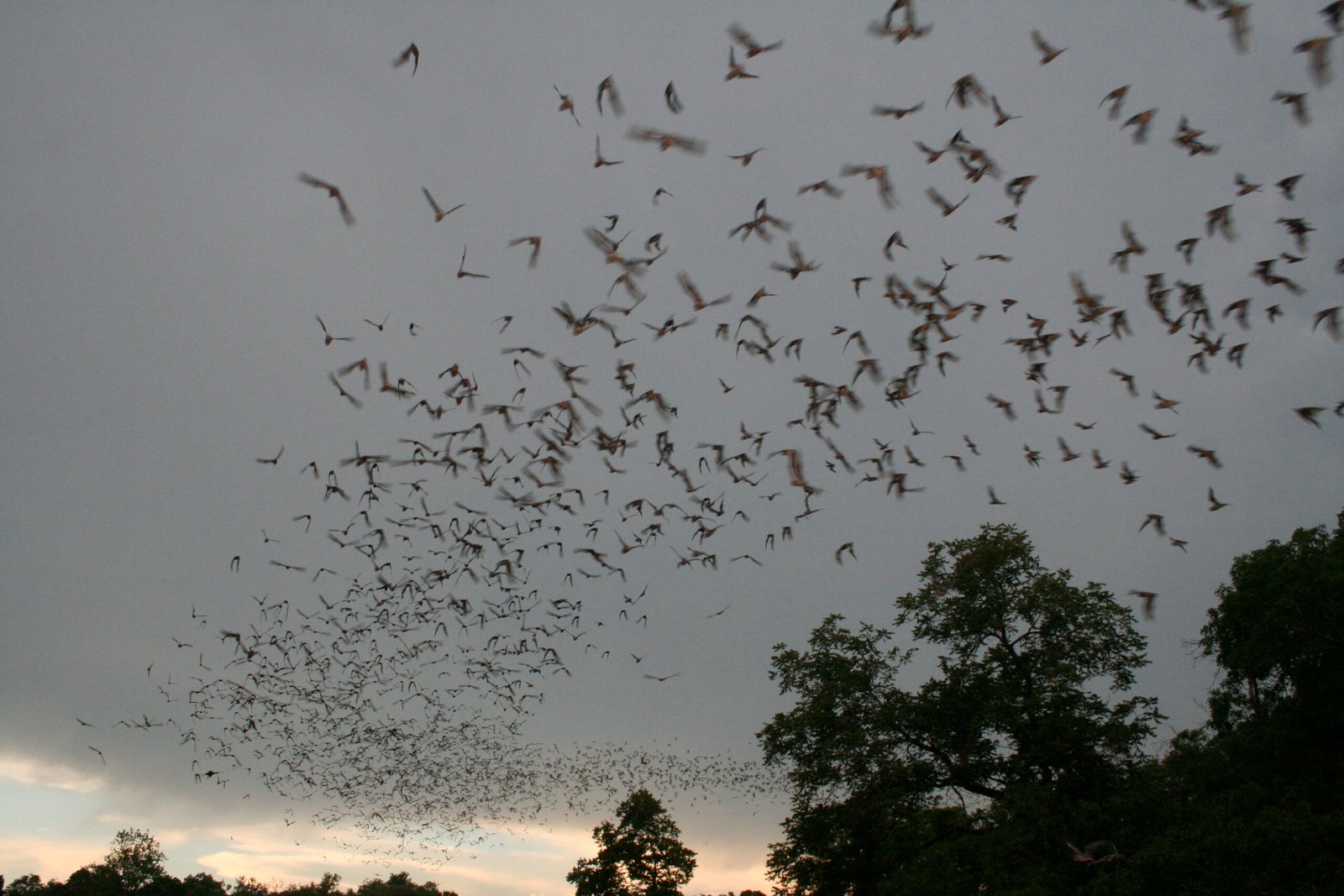
Bats beneath abbeys aren’t just static residents; many are seasonal visitors. As the weather changes, so do their patterns. Some bats migrate long distances to find warmer climates, while others hunker down in the abbey’s sheltered spaces to hibernate through winter. The ability of abbeys to provide stable, protected microclimates makes them vital for bats’ survival during harsh seasons. Observing these seasonal movements gives scientists insights into how climate change might be affecting urban wildlife, as shifts in temperature and rainfall can disrupt these delicate migration schedules.
Bats as Bioindicators of Urban Health
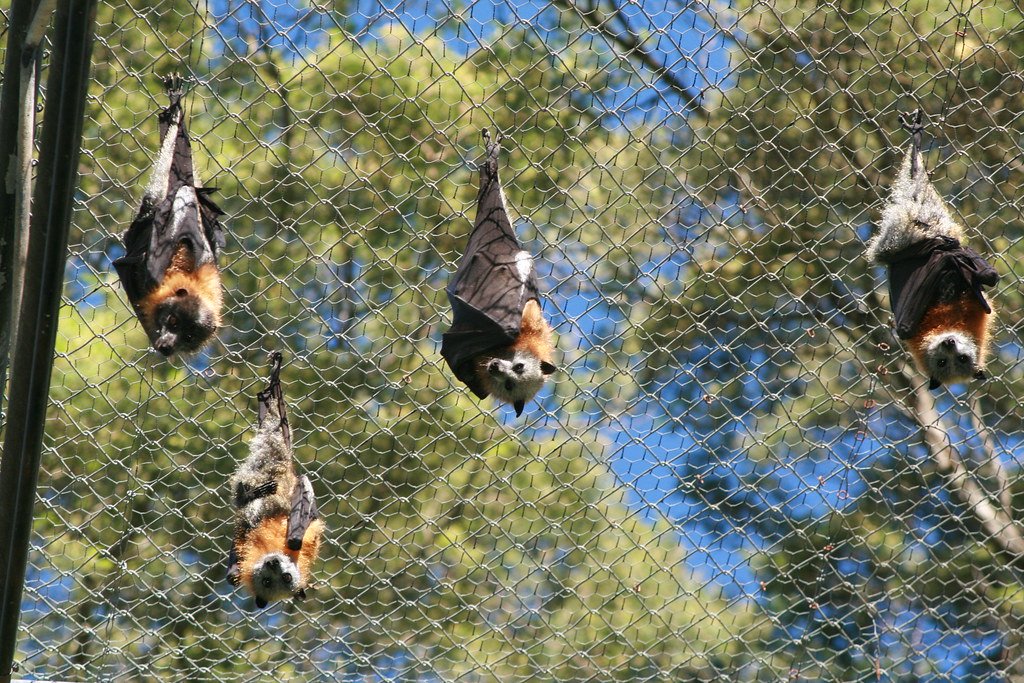
Bats don’t just benefit from healthy urban ecosystems—they help us measure them. Because they are sensitive to changes in air quality, temperature, and insect populations, bats are considered “bioindicators.” If the bats beneath an abbey are thriving, chances are the local environment is in good shape. If their numbers dwindle, it could warn of pollution or habitat loss. Monitoring bat populations in cities has become an important tool for ecologists and city planners alike. In a way, bats are like living weather vanes, signaling shifts in the urban environment long before we notice them ourselves.
Conservation Efforts in Cityscapes
Protecting bats in urban settings isn’t just about preserving the animals themselves; it’s about safeguarding the entire web of life they support. Conservationists have started working with architects, city officials, and communities to make historic buildings more bat-friendly. This might mean leaving small gaps for bats to enter, avoiding certain renovations during breeding season, or installing artificial roosts nearby. These efforts don’t just help bats—they also raise awareness about the hidden wildlife sharing our cities. When people learn that their local abbey hosts a colony of bats, it can transform attitudes toward both the animals and the old buildings themselves.
Human Attitudes and Misconceptions
Despite their ecological benefits, bats still struggle with a PR problem. Centuries of myths—think vampires, curses, and haunted abbeys—have left many people wary or even fearful of these gentle creatures. In reality, most bats are harmless, shy, and far more interested in catching insects than causing trouble. Education campaigns and community bat walks are helping to shift perspectives, showing people the beauty and importance of these misunderstood animals. As more people learn the truth, bats are beginning to shed their spooky reputation and be recognized for the urban heroes they really are.
Abbeys as Living Laboratories
For scientists, abbeys are not just monuments—they are living laboratories. Researchers study everything from bat genetics to disease transmission and the effects of urbanization on wildlife. The unique combination of human history and natural habitat offers rare opportunities for groundbreaking research. Students and citizen scientists often join in, collecting data and monitoring bat populations. These collaborations forge new connections between communities, academics, and conservationists. In a sense, every abbey becomes a place where past, present, and future discoveries meet beneath the same stone roof.
Children, Bats, and Urban Nature Education
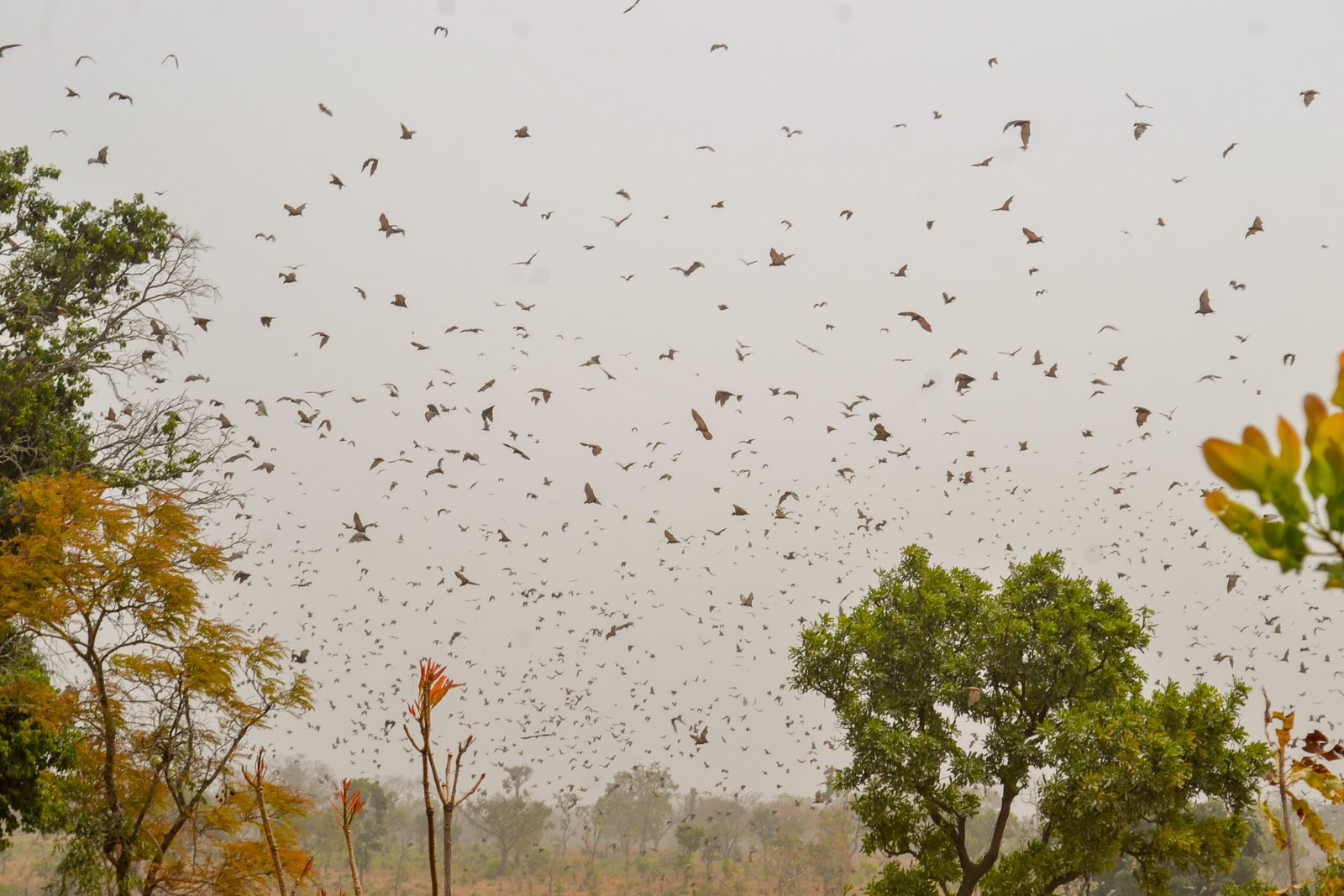
There’s nothing quite as thrilling for a child as donning a headlamp and venturing out at dusk to spot bats flitting above an ancient abbey. Urban bat walks and educational programs spark wonder and curiosity about the natural world. Kids who learn about bats are more likely to care about protecting them—and the habitats they depend on. These moments can plant seeds for a lifelong love of nature, turning fear into fascination. With more schools partnering with conservation groups, bats are quickly becoming unlikely ambassadors for urban wildlife education.
Abbeys and the Future of Urban Wildlife
As cities continue to grow, the way we design, renovate, and maintain old buildings will shape the fate of urban wildlife. Abbeys are a powerful reminder that even the oldest, most human spaces can be vital refuges for nature. Architects are now including wildlife considerations in their designs, creating “green” buildings that serve both people and animals. From living roofs to hidden bat boxes, the possibilities are endless. The lesson from bats beneath the abbeys is clear: cities and nature can thrive together, if we make space for both.
Climate Change and Urban Bat Resilience
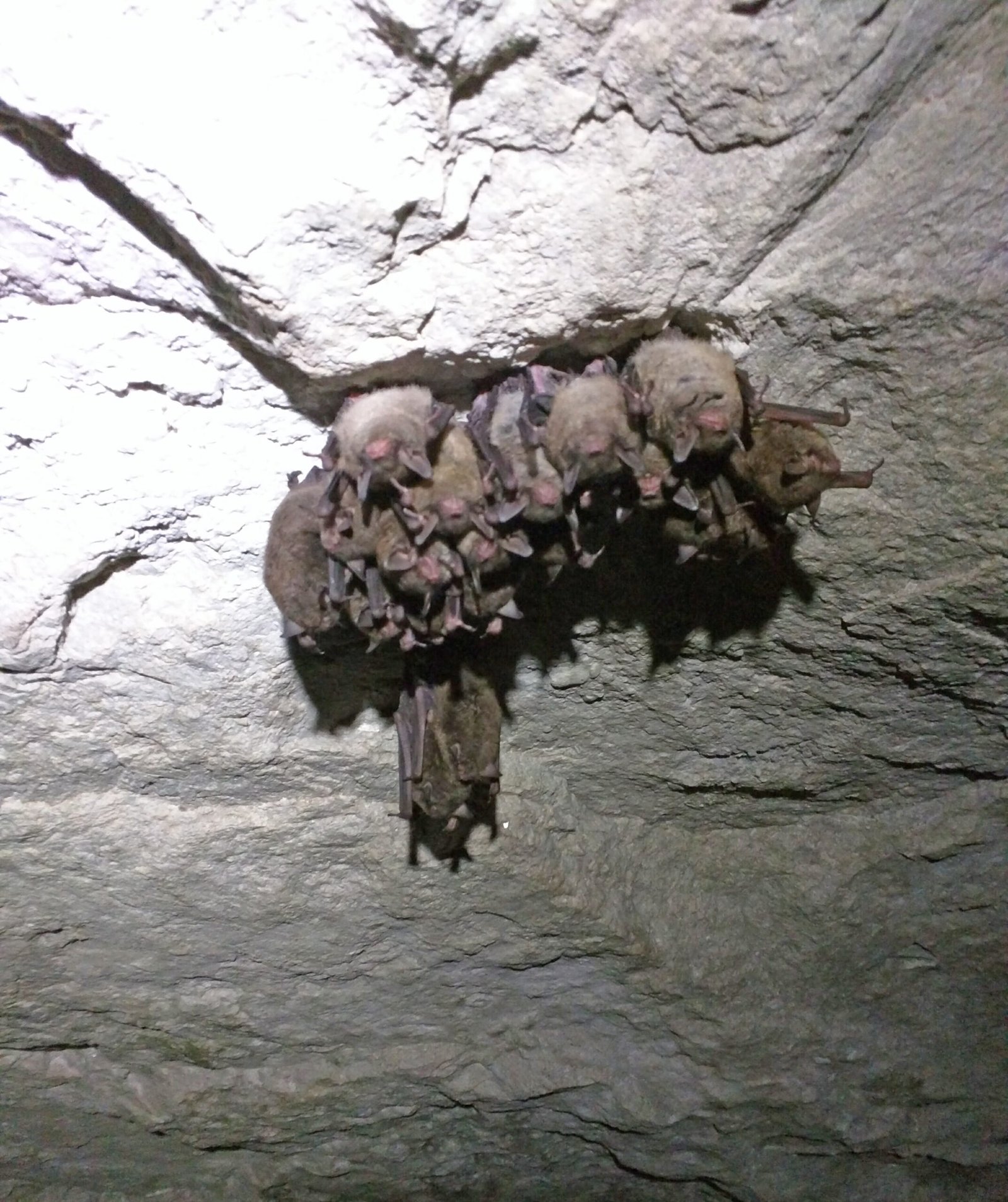
Climate change is altering the rhythm of urban life—not just for humans, but for bats too. Warmer winters, unpredictable storms, and shifting insect populations all influence how bats survive in cities. Some species are adapting by changing their breeding times or migrating farther. Others are struggling to cope with the pace of change. Abbeys, with their stable microclimates, may become even more crucial as safe havens. Studying how bats respond to climate shifts can help us understand—and perhaps mitigate—the broader impacts of a warming world on urban ecosystems.
How Technology Unveils Bat Mysteries
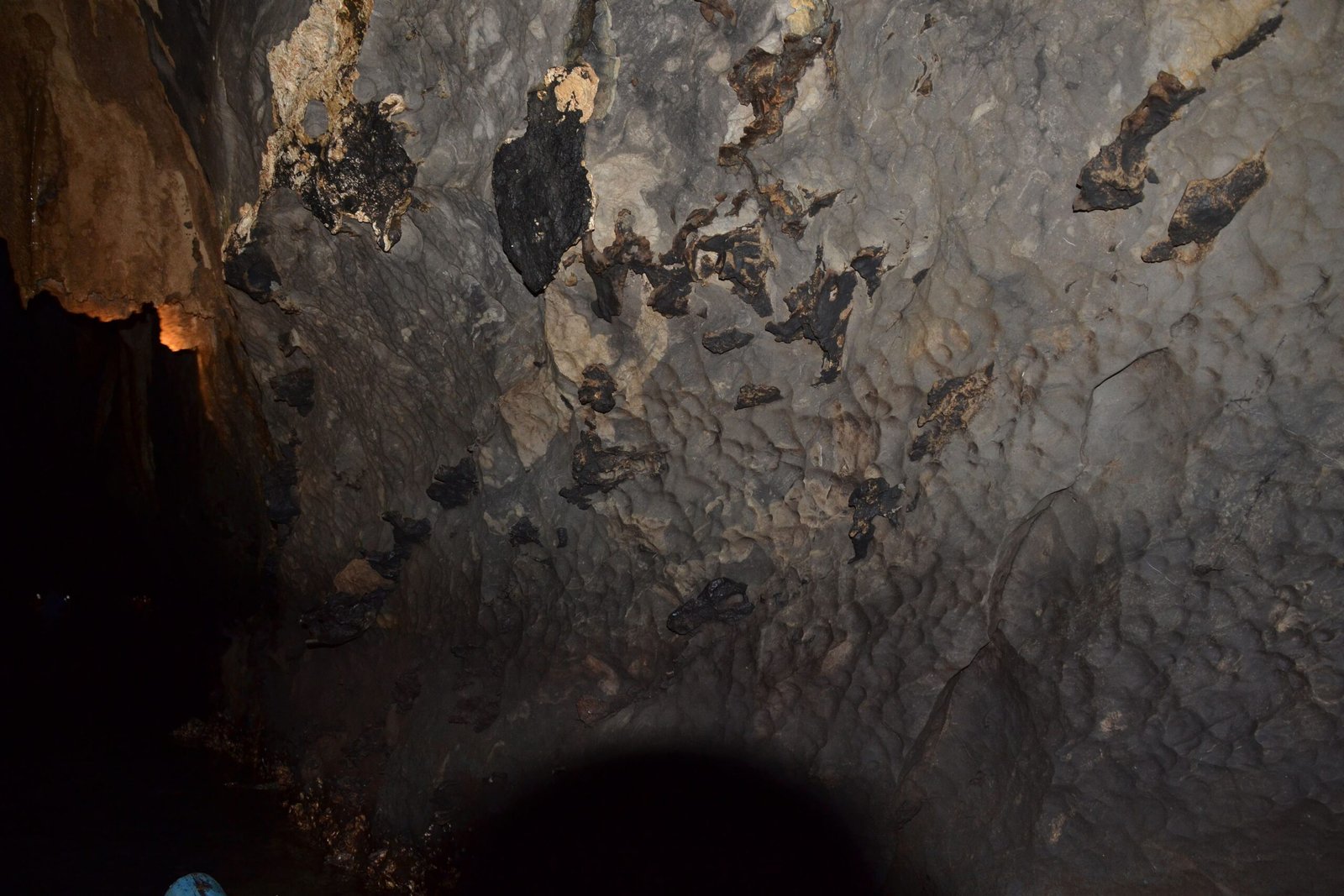
Modern technology has opened new windows into the secret world of bats. Ultrasonic detectors, tiny GPS trackers, and thermal cameras allow scientists to follow bats’ nightly journeys without disturbing them. These tools have revealed surprising behaviors—like bats flying miles across cities or switching roosts to avoid predators. Technology also makes it easier for citizen scientists to get involved, turning curious locals into valuable data collectors. The more we learn, the clearer it becomes: bats are as complex and adaptable as the cities they call home.
Joining Forces: Community Science and Bat Conservation
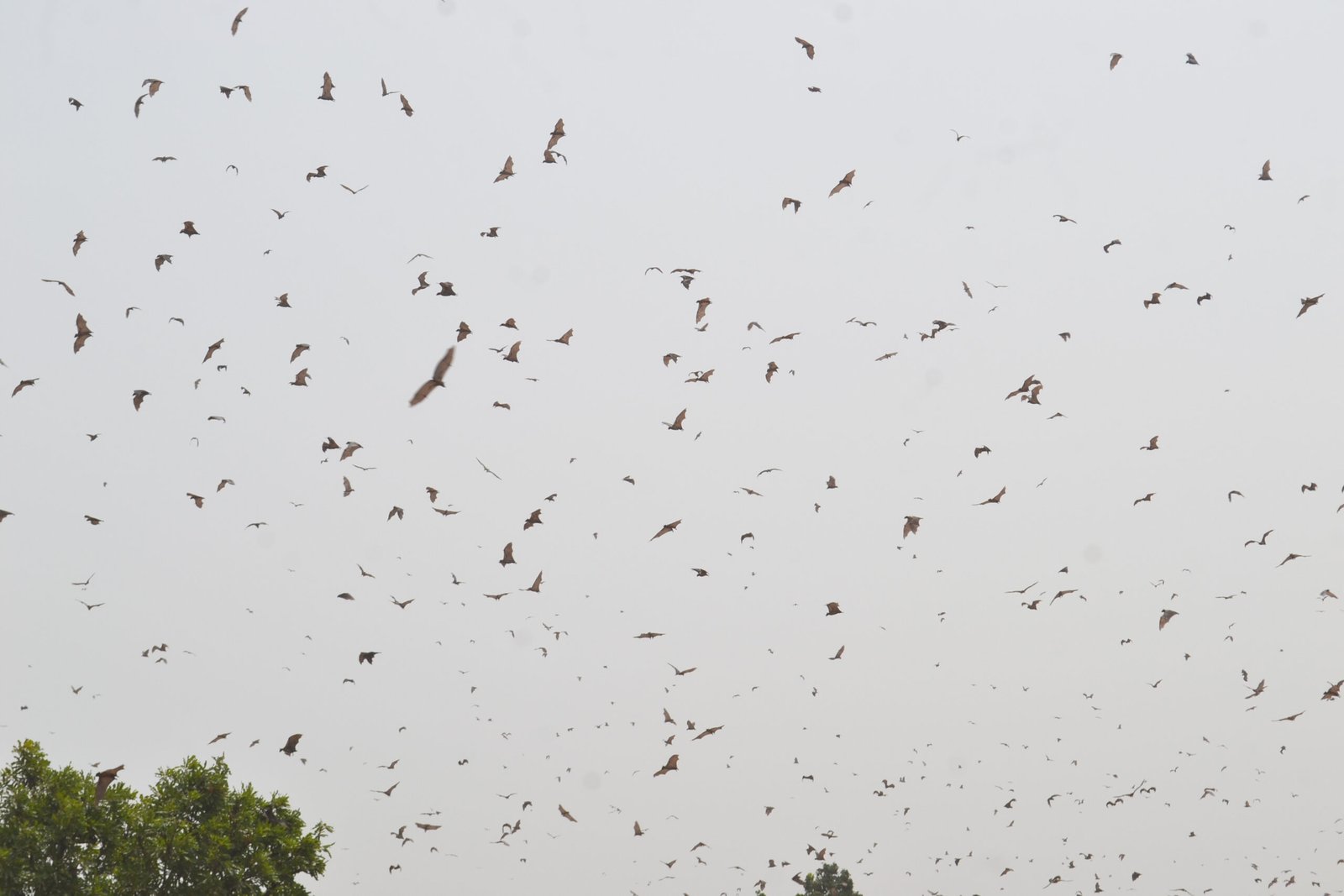
The story of bats beneath the abbeys is not just about scientists in lab coats—it’s about everyday people making a difference. Community science projects invite locals to monitor bat populations, report sightings, and even build bat boxes. These efforts connect people to nature and foster a sense of stewardship for historic sites and urban wildlife. When a community rallies around its bats, protecting both the animals and their ancient homes, something magical happens. It’s a small but powerful example of how human curiosity and care can shape a better future for all city dwellers—furry, feathered, or otherwise.
A New Perspective: Seeing Cities Through Bats’ Eyes
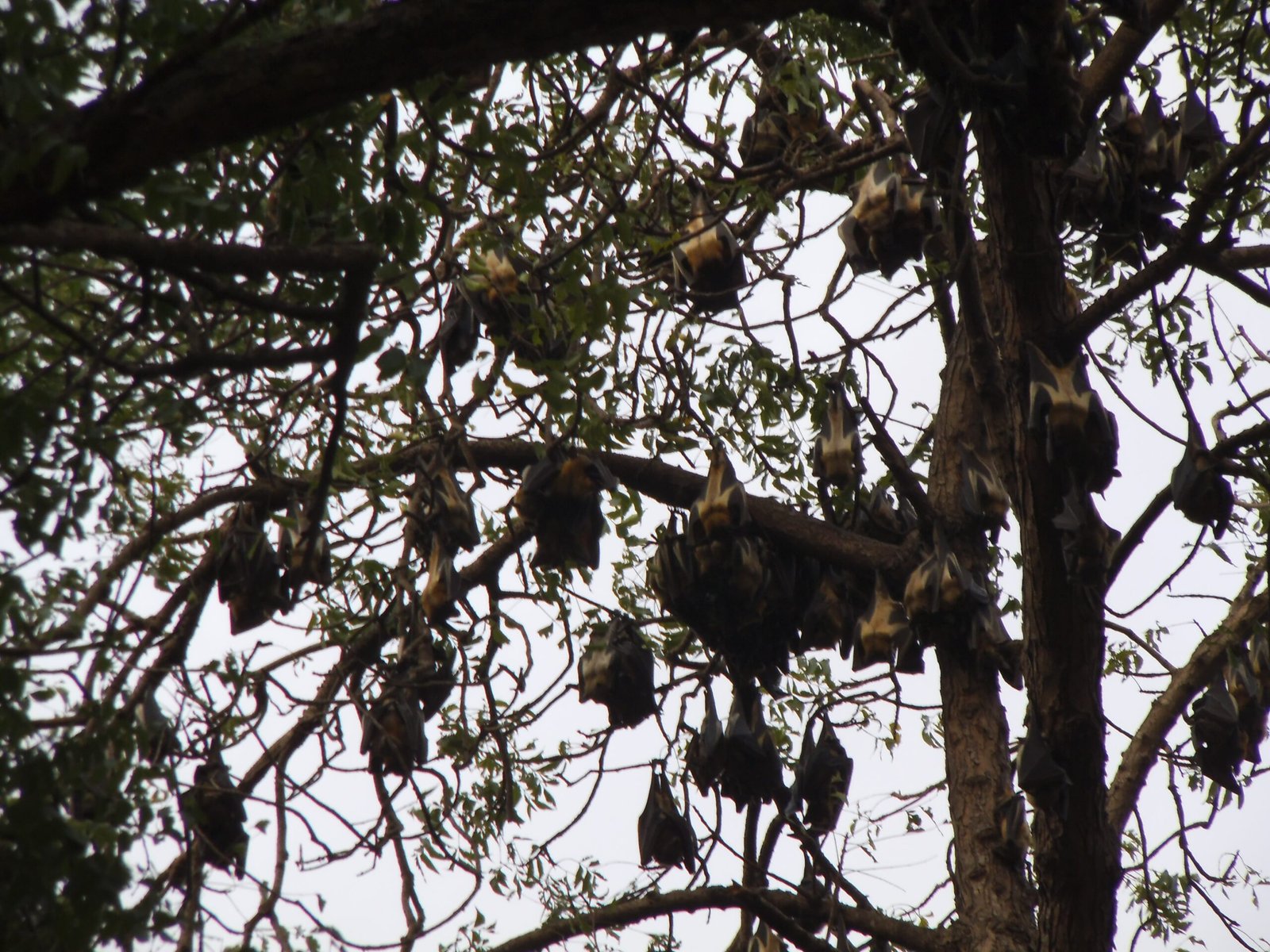
What if we viewed our cities not just as places for people, but as shared habitats for countless other species? Bats beneath the abbeys invite us to reconsider what “urban” really means. Their ability to thrive alongside us, in spaces shaped by centuries of human history, challenges the idea that cities are barren or unnatural. Instead, they show us that wildness can exist in the most unexpected places, if we’re willing to look—and to listen. By paying attention to these shadowy residents, we open our eyes to a richer, more connected world, hidden right above our heads.



